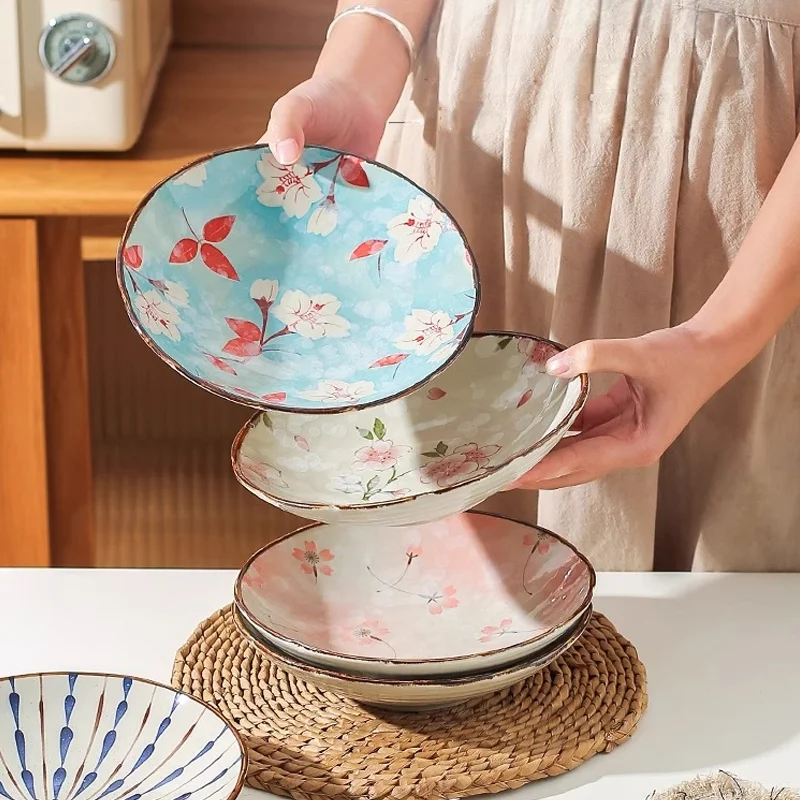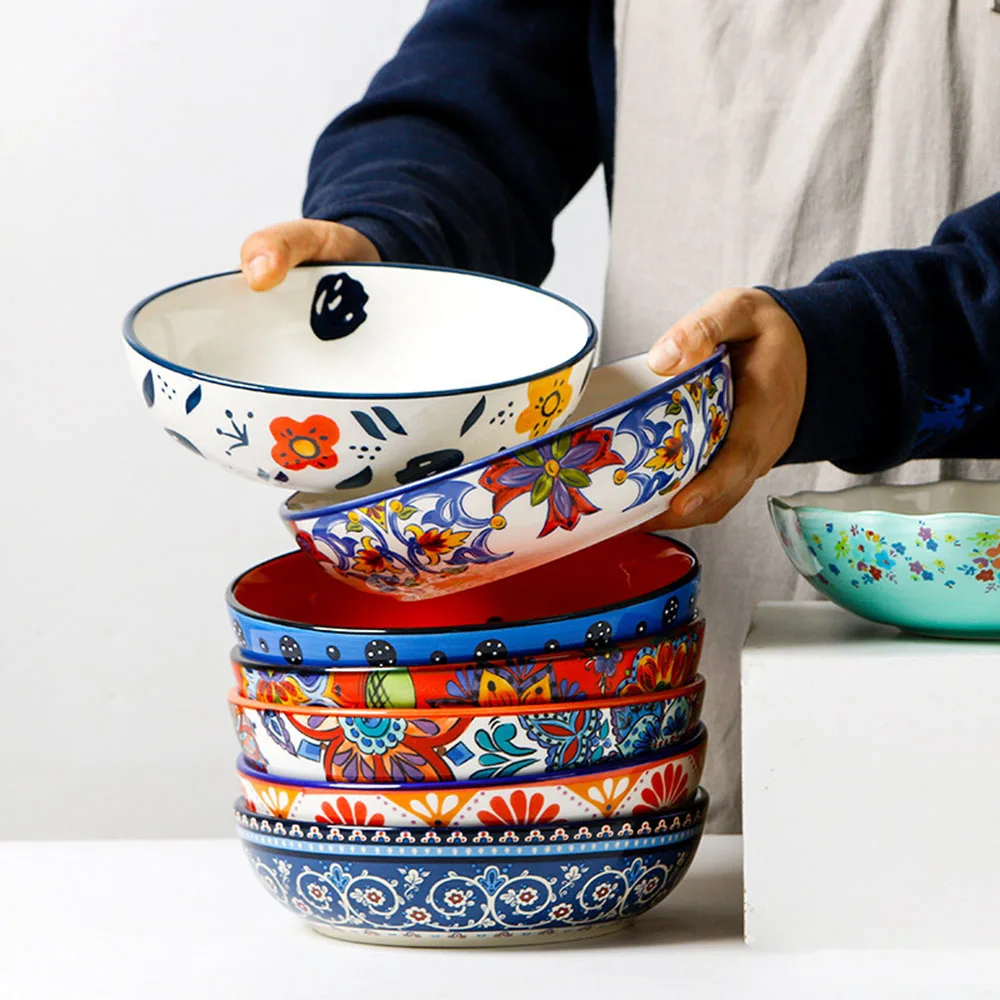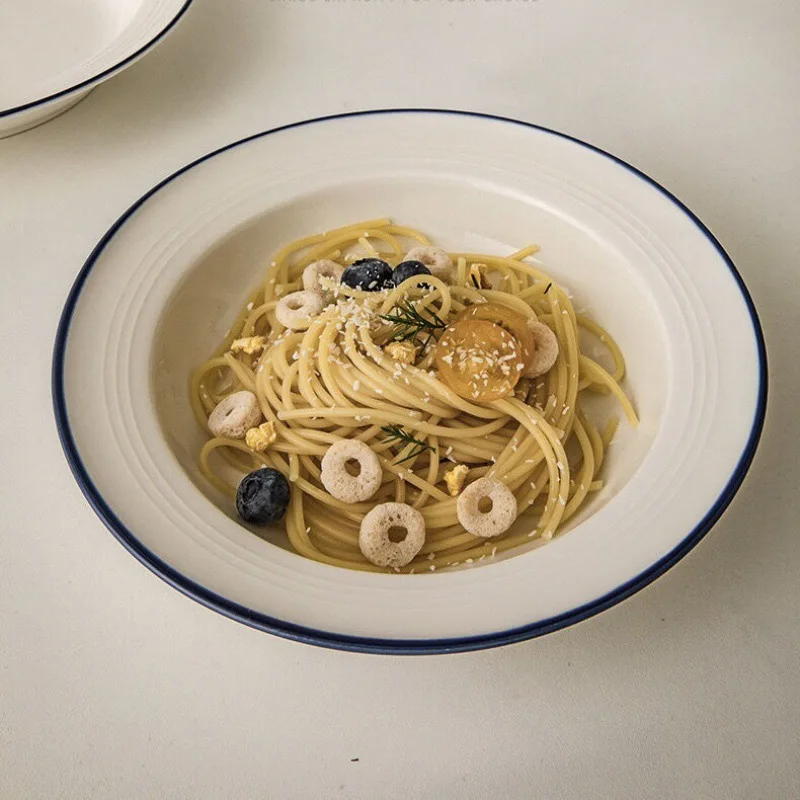Dinnerware
A Deep Dive into the World of Dinnerware
Dinnerware is much more than just vessels for serving food. It is a key element in the culinary experience, reflecting the culture, craftsmanship, and aesthetic preferences of its users. Whether you’re setting a table for a formal event or enjoying a casual meal at home, the choice of dinnerware can significantly influence the ambiance and the enjoyment of the meal. This comprehensive blog post explores the multifaceted world of dinnerware, examining its evolution, various forms, materials, and the essential considerations for choosing and maintaining your dinnerware collection.
The Evolution of Dinnerware: A Cultural Reflection
Dinnerware has evolved alongside human civilization, adapting to the changing needs and styles of societies across the ages:
- Ancient Origins: Initially, humans used natural objects like large leaves, shells, or hollowed stones as dinnerware. As early societies settled, they began crafting plates and bowls from locally sourced materials such as clay and wood.
- Porcelain Revolution: The invention of porcelain in China transformed dinnerware from mere functional items into works of art. This led to a global trade in fine china, making it a symbol of wealth and taste in Europe and beyond.
- Industrial Advancements: The Industrial Revolution made dinnerware accessible to the masses, introducing materials like ironstone and later developments like melamine, which offered durability and affordability.
- Modern Innovations: Today, dinnerware combines traditional craftsmanship with modern technology, incorporating advanced materials and designs that cater to contemporary lifestyles, such as microwave-safe and dishwasher-safe features.
Exploring Types of Dinnerware
Different occasions and types of meals might call for specific types of dinnerware:
- Formal Dinnerware: Typically made from fine porcelain or bone china, formal dinnerware sets include multiple pieces such as dinner plates, salad plates, soup bowls, and sometimes specific dishes for bread and desserts.
- Casual Dinnerware: Often made from stoneware or earthenware, casual sets provide durability for daily use and might feature bolder colors and more relaxed designs.
- Specialty Dinnerware: This includes pieces designed for specific types of cuisine or dishes, like sushi plates, pasta bowls, or tapas dishes, enhancing the presentation and the dining experience of specific meals.
Materials Matter: Choosing the Right Dinnerware
The material of your dinnerware not only affects its appearance and durability but also its suitability for different occasions and uses:
- Porcelain and Bone China: Known for their beauty and delicate appearance, these materials are ideal for formal settings. They are generally dishwasher and microwave safe, although pieces with metallic accents require hand washing.
- Stoneware: This material offers a more rustic or artisanal look, perfect for casual dining. It’s heavier and less porous than earthenware, making it durable and suitable for everyday use.
- Earthenware: This is one of the oldest materials used for dinnerware. It provides an earthy, organic aesthetic but is more porous and less durable than other types.
- Melamine: Known for its extreme durability and lightweight nature, melamine dinnerware is ideal for outdoor dining, children’s meals, or high-volume restaurants.
Styling Your Table with Dinnerware
The presentation of your table plays a crucial role in the dining experience. Here’s how you can style your dinnerware effectively:
- Color Coordination: Choose colors that complement the theme of your event or decor. Neutral tones offer flexibility and elegance, while vibrant dishes can add a pop of color and fun.
- Mix and Match: Don’t be afraid to mix patterns and textures. This can add depth and interest to your table setting, allowing for personal expression and creativity.
- Layering: Layering plates and bowls can add sophistication to your setup. Use chargers under dinner plates or layer salad plates on top of dinner plates for a dynamic presentation.
Care and Maintenance Tips
Proper care can extend the life of your dinnerware and keep it looking its best:
- Handling: Always handle dinnerware with care, especially fine china and porcelain. Avoid stacking too high or knocking pieces against each other.
- Cleaning: Most modern dinnerware is dishwasher safe, but hand washing is recommended for delicate items, especially those with hand-painted designs or gold trim.
- Storage: Store your dinnerware in a clean, dry place. For fine china, consider using protective covers or felt separators between plates to prevent scratching.
Conclusion
Dinnerware is a fundamental component of dining culture, blending functionality with aesthetic appeal. Whether you opt for timeless elegance or modern practicality, choosing the right dinnerware involves considering both your lifestyle needs and your personal style. By understanding the history, types, and materials of dinnerware, and following proper maintenance guidelines, you can enhance your dining experience and make every meal a special occasion. Embrace the diversity of dinnerware options available and let your table tell its own unique story.



